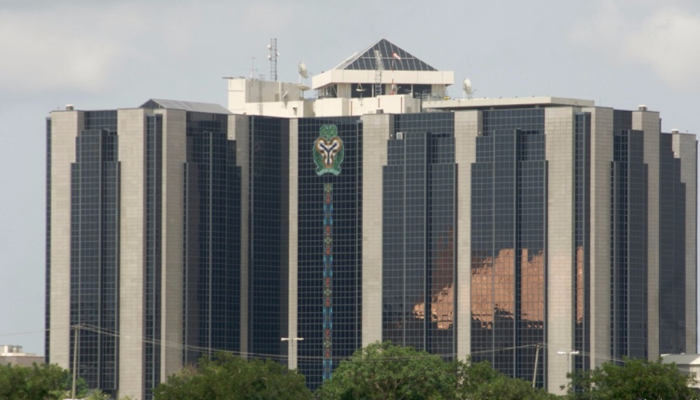Nigeria’s Monetary Policy Committee (MPC) has chosen to retain the benchmark interest rate at 27.5%, a decision that has elicited mixed reactions among economists, market practitioners, and business stakeholders. This hold reflects an uneasy equilibrium: policymakers are walking a tightrope between high inflation and the risk of stifling economic growth, while observers debate whether the central bank’s measured approach is prudent—or overly cautious.
Inflation remains the central concern behind the MPC’s cautious stance. After months of persistent consumer price pressure driven by food insecurity, fuel subsidy removal, and currency devaluation, headline inflation has stubbornly held above 22%. Core inflation—excluding volatile components—has similarly stayed elevated, sustaining upward pressure on essential goods and services. In this context, a rate cut could risk reigniting inflationary expectations, further undermining purchasing power and eroding confidence in monetary discipline.

Proponents of the rate hold argue that the central bank must demonstrate patience. They warn that easing too early would not only fuel price pressures but also discourage domestic savings and worsen foreign exchange stability. Some economists highlight the fragility of Nigeria’s fiscal framework: high public debt levels and ongoing state-level tariff reforms could counteract any short-term gains from reduced interest rates. In their view, maintaining a firm policy rate gives the central bank room to react to emergent inflationary shocks or renewed currency volatility.
However, other experts are urging swifter action to stimulate the economy. They point out that Nigeria’s real interest rates—from which inflation is subtracted—remain deeply negative, imposing heavy borrowing costs on businesses and SMEs. Growth has slowed to less than 3.5% in recent quarters, partly because investment and capital expansion have stalled under heavy credit constraints. Critics of the hold argue that a rate cut now could unlock growth potential, supporting job creation and economic recovery, while carefully calibrated measures can mitigate inflation risk.
A recurring theme among the discontented camp is the adverse effect on businesses. Manufacturers, agribusinesses, and small traders have all complained that credit is unaffordable or outright inaccessible. Some SMEs say they are effectively marginalized, unable to expand production, optimize supply chains, or meet working capital needs. Meanwhile, reduced access to loans has delayed infrastructure investments, hampering critical sectors and limiting private sector expansion.
Analysts within financial markets paint a similarly mixed picture. On the one hand, bond yields—which rose ahead of the MPC decision—pulled back slightly after the hold, as expectations of tighter monetary policy at least did not worsen. On the other, banking sector participants warn that deposit rates remain unattractive, discouraging retail savings and prompting speculative foreign capital inflows that could destabilize the currency. In this light, some bankers argue that a well-signaled rate cut could help rebalance the credit cycle by reducing reliance on government lending rates and encouraging private sector borrowing.
Consumer groups are facing their own challenges. With inflationary pressure on essentials like food, transportation, and healthcare, household budgets remain squeezed. Many families describe themselves as being unable to afford basic necessities, even as interest rates deny them relief from loan refinancing. Pensioners and civil servants front worsening debt burdens despite call for policy relief.
For its part, the central bank has acknowledged these tensions. In its post-MPC statement, the committee noted that inflation “remains elevated” and that it will continue to “monitor evolving data.” No explicit reference was made to future rate cuts or hikes, but the tone suggested that policymakers remain open to future tightening should inflation worsen—or easing if data align favorably. The statement also emphasized the need for coordinated fiscal reforms to complement monetary policy efforts.
From an international perspective, Nigeria’s policy stance is not entirely out of step. Many emerging markets have opted for caution following global interest rate rises, as this helps stabilize capital inflows and support currency reserves. External headwinds—such as rising oil prices, global commodity volatility, and mixed appetite for African assets—underscore the need for flexible and cautious monetary policymaking.
Nonetheless, critics warn that delayed action comes with a cost. The longer high rates persist, the deeper the credit drought grows—and the more entrenched structural economic weakness becomes. They contend that after establishing monetary credibility, the central bank should find room for tactical rate cuts to stimulate private sector-led growth and lower the cost of capital.
Looking ahead, all eyes are on forthcoming data. Key inflation and GDP reports, fresh FX market developments, and potential fiscal announcements—such as digital tax reforms or state-level revenue measures—will shape expectations for the next MPC meeting. Market watchers say even a 100–150 basis point cut could lead to meaningful improvements in business sentiment and loan affordability, provided inflation remains tamed.
In summary, Nigeria’s decision to hold the policy rate at 27.5% highlights a high-stakes balancing act. While the central bank is under pressure to maintain anti-inflationary resolve, many contend that the economy also needs policy flexibility to support growth. The split among experts reveals two camps: one latently focused on inflation control, the other more attuned to stimulating economic recovery. Ultimately, how the MPC interprets the trajectory of inflation and economic momentum in coming months will decide whether this measured neutrality evolves into tightening or easing.
Support InfoStride News' Credible Journalism: Only credible journalism can guarantee a fair, accountable and transparent society, including democracy and government. It involves a lot of efforts and money. We need your support. Click here to Donate
